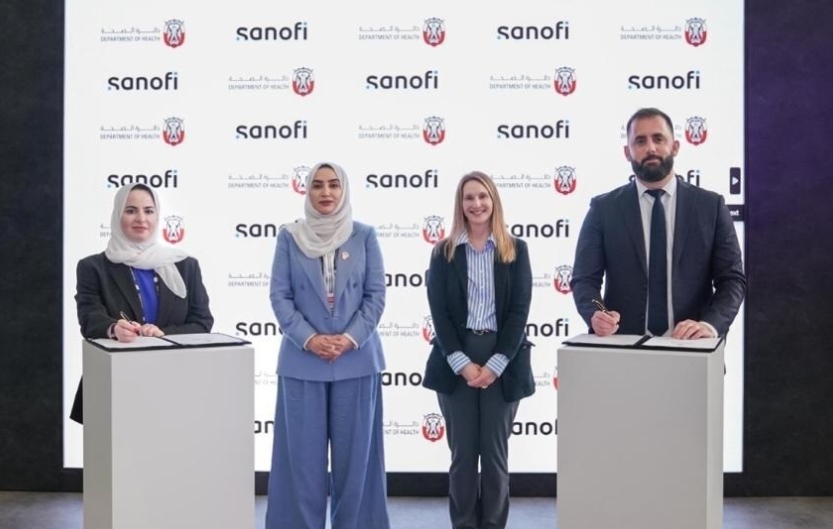Singapore: Scientists at Agency for Science, Technology and Research's (A*STAR) Genome Institute of Singapore (GIS) have discovered that key gene regulators work in pairs to trigger stem cells to differentiate into specific cell types.
An embryo develops from a single cell to a complex, interconnected assemblage of multiple cell types in the adult organism, such as the muscles, nerves, lungs and heart. The fates of embryonic cells as they differentiate into specialized adult cells require tightly regulated expression of hundreds of genes; each cell type being regulated by a unique and specific pattern of gene expression.
Transcription factors are master regulators of gene expression and have been implicated as key players in the appropriate specification embryo development. They do this by binding to DNA thereby "turning on" or "turning off" nearby genes. What is less clear is how these transcription factors select specific sets of genes for activation and repression.
A recent study by scientists from GIS has discovered that it takes a pair of transcription factors, working tightly together, to orchestrate key decisions in embryo development. The discovery was published in the prestigious EMBO Journal.
Lead author Dr. Lawrence Stanton said, "This work was a unique collaboration between scientists hailing from different areas of expertise - computational biology, cell biology, developmental biology and biochemistry. The unique line of research was only possible by the interdisciplinary efforts of these scientists."
Co-lead author Dr. Prasanna Kolatkar said, "Our previous work described how re-engineering of developmental proteins through a single site change results in functions of proteins Sox2 and Sox17 becoming inter-converted - thus the decision to stay as a stem cell or differentiate is flipped through a single amino acid change. This study uses a genome-wide approach to validate this concept, and moreover leads to novel genes potentially involved in primitive endoderm formation."




